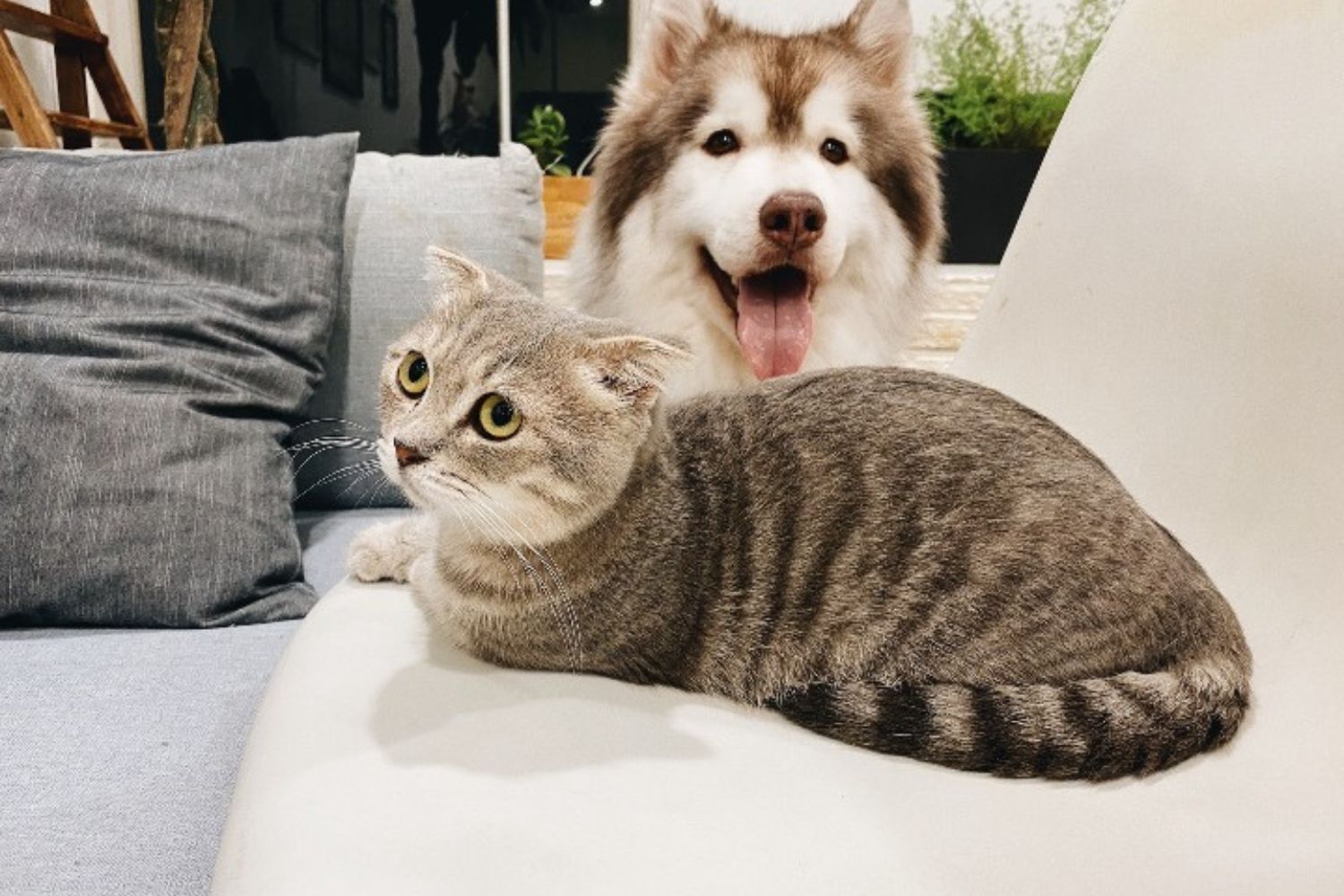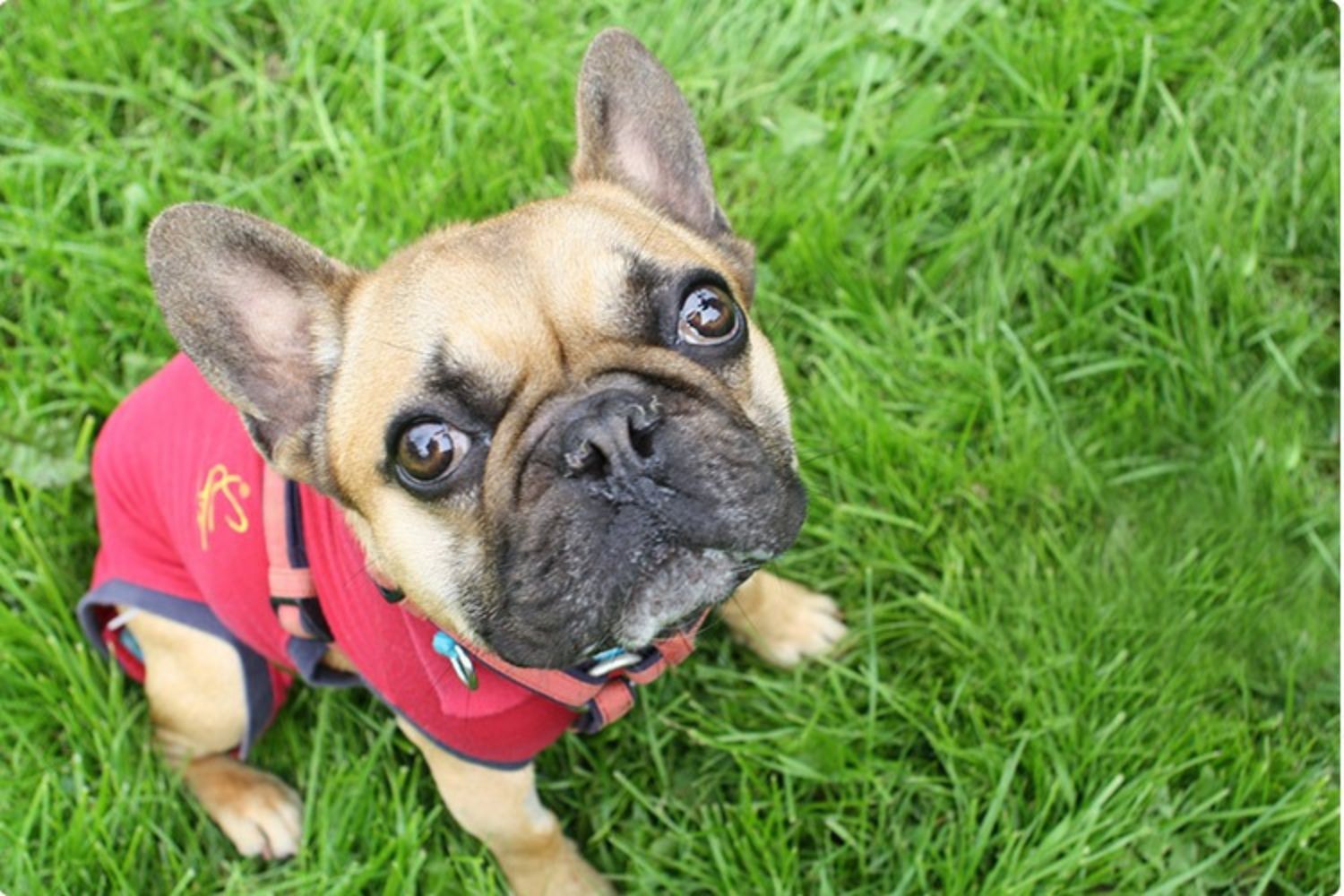Exploring Cuba’s Wild Side: A Comprehensive Guide to Animals in Cuba
Cuba’s vibrant landscapes—from misty mountain ranges to sun-kissed beaches—are home to an extraordinary array of wildlife. Whether you’re curious about what animals live in Cuba, fascinated by dangerous animals in Cuba, or seeking unique animals and uncommon animals native to this Caribbean island, this 2,000-word guide covers it all. We’ll identify Cuba’s national animal, highlight its most remarkable mammals, birds, reptiles, amphibians, and marine creatures, and explore conservation challenges and eco-tourism opportunities. By the end, you’ll know exactly what animals are in Cuba and where to see them.
1. Cuba’s Unique Ecosystems: Where Wildlife Thrives
Cuba’s geographic isolation and diverse habitats support an estimated 6,000 species, of which nearly half are endemic. Key ecosystems include:
- Sierra Maestra Mountains: Cloud forests harbor rare amphibians and the iconic Cuba national animal, the Cuban trogon.
- Zapato Swamp (Zapata Peninsula): One of the Caribbean’s largest wetlands, home to crocodiles, herons, and the Zapata wren.
- Viñales Valley: Limestone mogotes host specialized plants, bats, and hummingbirds.
- Coral Reefs & Seagrass Beds: Offshore reefs teem with tropical fish and endangered sea turtles.
This environmental variety explains what animals live in Cuba—from the tiniest endemic frog to the largest crocodilian.
2. Native Mammals of Cuba: From Solenodons to Bats
2.1 Endemic Solenodon and Hutia
- Cuban Solenodon (Solenodon cubanus): A rare, venomous insectivore resembling a large shrew, found only in eastern mountains.
- Desmarest’s Hutia (Capromys pilorides): A stout, guinea-pig–like rodent often spotted near sugarcane fields.
2.2 Cuban Manatee
- West Indian Manatee (Trichechus manatus): Occasionally visits Cuban coastal waters; conservation efforts aim to boost numbers.
2.3 Bat Diversity
Over 20 bat species, including the Greater funnel-eared bat (Natalus primus), persist in cave networks—crucial for insect control and pollination.
3. Birds of Cuba: Feathered Treasures
3.1 The Cuban Trogon – National Symbol
- Cuban Trogon (Priotelus temnurus): Vivid green and red plumage; official Cuba national animal and bird, featured on the coat of arms.
3.2 Endemic and Endangered Species
- Zapata Wren (Ferminia cerverai): Critically endangered, confined to Zapata Swamp marshes.
- Bee Hummingbird (Mellisuga helenae): The world’s smallest bird, measuring just 5 cm, flits among tobacco blossoms.
3.3 Migratory and Shorebirds
- American Flamingo (Phoenicopterus ruber): Roosts in mangrove lagoons; conservation zones protect breeding colonies.
4. Reptiles and Amphibians: From Crocs to Frogs
4.1 Dangerous Animals in Cuba: Crocodiles and Snakes
- Cuban Crocodile (Crocodylus rhombifer): Critically endangered, endemic to Zapata and Isle of Youth swamps; aggressive and rare.
- Cuban Boa (Chilabothrus angulifer): Large constrictor up to 4 m, poses minimal threat to humans but dominates rodent populations.
4.2 Unique Amphibians
- Cuban Tree Frog (Osteopilus septentrionalis): Adaptable to human environments; invasive elsewhere but native here.
- Eleutherodactylus spp.: Dozens of tiny rain-forest frogs that call the cloud forests home, many with highly localized ranges.
5. Marine Wildlife: Beneath the Caribbean Surface
Cuba’s coral reefs and coastal waters host:
- Hawksbill Turtle (Eretmochelys imbricata) and Green Turtle (Chelonia mydas): Endangered species nesting on remote beaches.
- Nurse Shark (Ginglymostoma cirratum) and Caribbean Reef Shark (Carcharhinus perezi): Common around coral formations.
- West Indian Manatee: Seagrass meadows offer grazing grounds for this gentle giant.
Marine reserves like Jardines de la Reina safeguard these species through restricted-access zones.
6. Unique and Uncommon Animals of Cuba
Cuba boasts several unique animals found nowhere else:
- Cuban Kite (Chondrohierax wilsonii): Possibly extinct, this small raptor once patrolled forests for snails.
- Cuban Greater Funnel-eared Bat: Recognizable by its triangular ears.
- Cuban Gar (Atractosteus tristoechus): A prehistoric fish surviving in select rivers and lagoons.
Exploring remote reserves may yield glimpses of these uncommon animals before they vanish forever.
7. Conservation Challenges and Climate Change
7.1 Habitat Loss & Agriculture
Sugarcane, coffee, and tobacco plantations have fragmented forests, endangering interior species like solenodons and trogons.
7.2 Climate Change Impacts
Rising sea levels threaten mangrove habitats; increased storms damage coral reefs and nesting beaches for turtles.
7.3 Conservation Efforts
Organizations like the Cuban Ministry of Science, Technology and Environment (CITMA) and international partners (e.g., Conservation International) run reforestation, species reintroduction, and protected area expansion programs.
8. Where to See Animals in Cuba: Top Wildlife Destinations
- Sierra del Rosario Biosphere Reserve: Rare frogs, cloud-forest birds, and endemic palms.
- Ciénaga de Zapata National Park: Crocodiles, wading birds, and Solenodons in the Zapata Swamp.
- Topes de Collantes: Hiking trails reveal hummingbirds, parrots, and spectacled cuban vultures.
- Maria La Gorda: Pristine reefs for snorkeling with sharks, turtles, and colorful reef fish.
Guided eco-tours by certified local naturalists ensure ethical wildlife viewing and support community conservation.
9. Cuba’s National Animal and Cultural Significance
The Cuban Trogon (Priotelus temnurus)—locally called guardabarranco—is revered for its vibrant plumage, melodic calls, and symbolism of freedom. Its protection is enshrined in national parks and environmental education, reflecting Cuba’s commitment to preserving its unique fauna.
10. Practical Tips for Wildlife Travelers
- Travel Lightly: Stick to marked trails; avoid trampling sensitive undergrowth.
- Photography Etiquette: Use zoom lenses rather than approaching nests or roosts.
- Seasonal Timing: Dry season (December–April) is ideal for amphibian and bird activity; turtle nesting peaks in June–September.
- Local Guides: Hire certified Obreros Forestales or community-based guides to enhance sightings and empower local conservation.
Staying informed and respectful ensures both your safety and the well-being of Cuba’s wildlife.
11. Frequently Asked Questions
What animals live in Cuba?
Cuba hosts an array of mammals (solenodons, hutias, bats), over 600 bird species (including the national trogon), colorful reptiles and amphibians, and diverse marine life—many endemic to the island.
Are there dangerous animals in Cuba?
The Cuban crocodile is the only significantly risky land animal. Venomous snakes are rare, and most wildlife avoids human settlements.
What are some unique animals in Cuba?
The Nubian solenodon, Cuban boa, Cuban gar, and bee hummingbird rank among Cuba’s most unique and endemic species.
Can you see large mammals in Cuba?
Tapirs and large cats like jaguars are extinct on the island; most mammals are small to medium-sized rodents, bats, and introduced species like feral pigs.
12. Conclusion
From the endemic Cuban solenodon darting through forest leaf litter to the majestic Cuban trogon gracing the skies, animals in Cuba offer a window into the island’s evolutionary isolation and ecological diversity. Whether you’re mapping cloud-forest trails for rare frogs, snorkeling coral reefs for turtles, or simply birdwatching for colorful endemics, Cuba’s wildlife promises unforgettable encounters. By supporting local conservation and traveling responsibly, you help ensure these native animals in Cuba continue to thrive for generations to come.
Reference Domains
- https://en.wikipedia.org/wiki/Wildlife_of_Cuba
- https://www.iucnredlist.org/country/CUB
- https://www.worldwildlife.org/places/cuba
- https://www.nationalgeographic.com/animals
- https://www.birdlife.org/
- https://www.conservation.org/regions/latin-america-carribbean
- https://www.cuba.travel/en/nature
- https://www.wwf.org.uk/where-we-work/cuba
- https://ebird.org/region/CU
- https://www.amnh.org/explore/ology/herpetology
- https://www.citma.gob.cu/
Safe travels—and happy wildlife spotting on your Cuban adventure!



